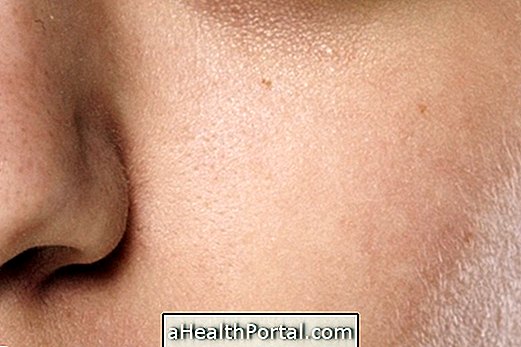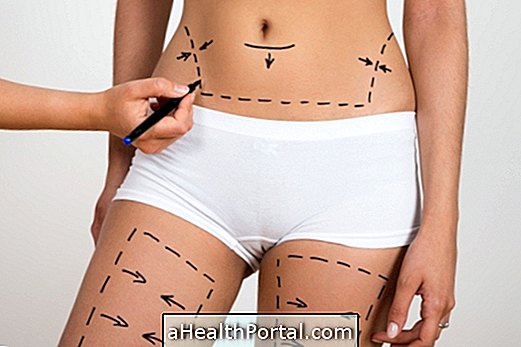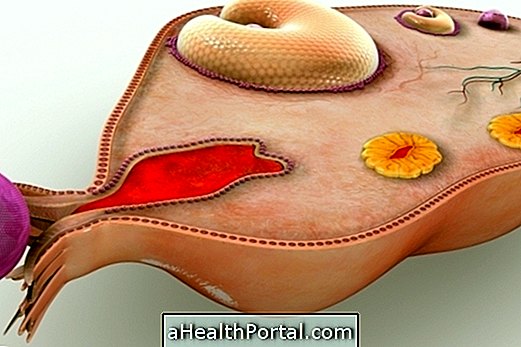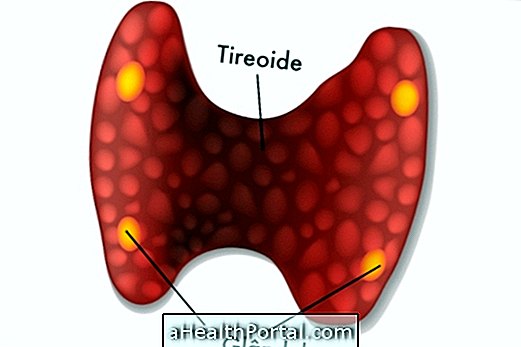Failure filling, increased volume and greater facial definition are some of the indications of eyebrow transplantation. Eyebrow transplantation is a technique that involves transplanting hair from the scalp to the eyebrows to cover flaws in the arches and improve the contour.
This surgery is a natural, definitive and non-painful option that allows for thicker eyebrows, covering existing flaws.
Advantages of Eyebrow Transplantation
Compared with other existing methods to cover eyebrow failures, such as eyebrow staining or micropigmentation, the transplant has several advantages including:
- More natural appearance, for they are used by true ones;
- Procedure that does not cause pain;
- Definitive solution, because after transplanting the hairs remain.

This procedure is indicated several situations, not only for those who are dissatisfied with thickness and volume of eyebrows, but also for women over 50 who have lost hair density. In addition, this procedure is also indicated in cases of trauma, scars, surgeries or burns that have impaired or compromised the growth of the eyebrows.
Disadvantages of Transplantation
Eyebrow transplantation such as the entire surgical procedure has some drawbacks, which include:
- Results are only visible after 3 months;
- It is necessary to avoid sun exposure for 3 to 6 weeks so as not to interfere with the healing of the skin;
- The hair will need to be cut every 3 to 4 weeks to maintain proper length.
In addition, as the end result can not be immediately observed after surgery, some retouching may be necessary to cover possible failures.
How is eyebrow transplant done?
Eyebrow transplantation is done in the office and local anesthesia is required. The transplant can last between 2 to 3 hours and during that time the doctor will:
- Select and collect a hairline from the scalp to transplant;
- Separate each of the roots (follicles) of hair, preparing them for transplantation;
- Insert the selected roots 1 to 1 in the region of the eyebrows, using specific slides.
The plastic surgeon will be careful to implant each of the threads in the most problematic regions of the eyebrows, inserting the roots in the direction of hair growth.

How is recovery
After transplantation the patient can resume daily activities after 2 or 3 days, since after this surgery it is common to have some swelling in the eyes that can be attenuated with the placement of compresses in the eyes.
In addition, physical activity should be avoided during the first 2 to 3 weeks until the stitches of the scalp area from which the transplant was done are removed.
Signs of Improvement
After eyebrow transplantation it is normal for hairs to fall 2 to 4 weeks after surgery, but what matters is that its roots remain in the implant site, growing new hairs in a few months.
Often, the final results of the transplant can only be observed after 3 months, depending on the speed of growth of the hair.

























